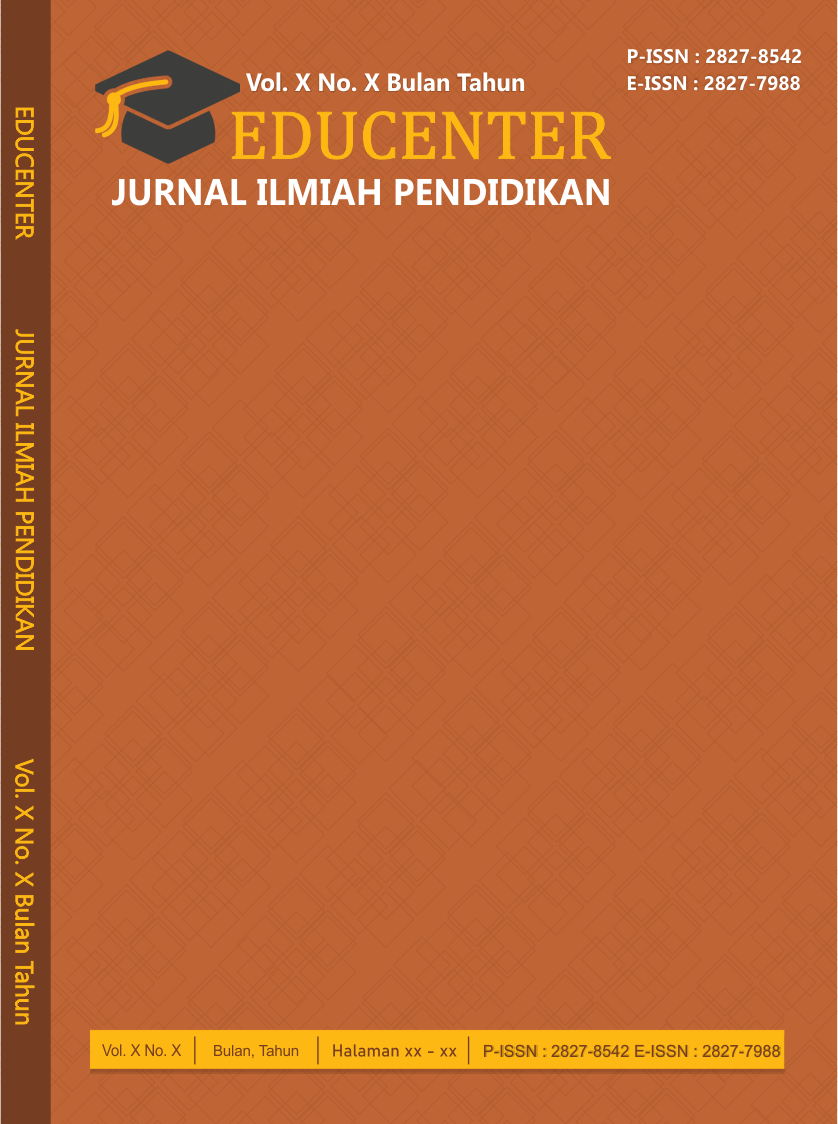Digital competence and performance of ASN in Educational Institutions: Analysis of interpersonal communication mediation in Siak Sri Indera Pura Regency
Main Article Content
Abstract
This study investigates the influence of digital competence on the performance of Aparatur Sipil Negara or ASN or civil servants within educational institutions in Siak Regency, Indonesia. Amidst growing demands for digital transformation in public service, technical skills alone are often insufficient without the support of relational competencies such as communication. Grounded in the Technology Acceptance Model (TAM), this research examines how interpersonal communication mediates the relationship between digital competence and ASN performance. A quantitative explanatory approach was employed, involving 50 ASN respondents selected through purposive sampling. Data were collected using structured questionnaires adapted from validated instruments, and analyzed using Structural Equation Modeling–Partial Least Squares (SEM-PLS) with SmartPLS 4.0. The results indicate that digital competence has a significant direct effect on ASN performance, while also indirectly enhancing performance through improved interpersonal communication. The mediating role of communication was confirmed as statistically significant, suggesting that digital competence promotes relational fluency, which in turn facilitates better task execution and coordination. These findings offer both theoretical and practical insights, particularly in the context of local public institutions in developing regions. Theoretically, the study expands the TAM framework by incorporating human interaction factors. Practically, it recommends that digital training for ASN should include not only technical modules but also communication skills development. This study concludes that sustainable digital transformation in the public sector requires simultaneous investment in both technology and people—particularly in building communicative capacity as the foundation of effective governance.
Article Details
Section

This work is licensed under a Creative Commons Attribution-NonCommercial 4.0 International License.
How to Cite
References
Arumi, A., & Yanto, H. (2019). Anteseden Penggunaan Layanan Electronic Banking di Kalangan Mahasiswa (Sebuah Kajian Technology Acceptance Model). Economic Education Analysis Journal, 8(1), 130–147. https://journal.unnes.ac.id/sju/eeaj/article/view/29765
Ferrari, A., & Punie, Y. (2013). DIGCOMP: A framework for developing and understanding digital competence in Europe. Publications Office of the European Union Luxembourg.
Kurniati, R. R., Wahyu, S. N., & Daidan, M. R. (2025). Digital Banking Dan Kualitas Layanan Digital (Mendukung Kemudahan, Kepuasan Nasabah Bertransaksi). UNISMA PRESS.
Peraturan Pemerintah Republik Indonesia Nomor 30 Tahun 2019 Tentang Penilaian Kinerja Pegawai Negeri Sipil. (2019). Ministry of Administrative and Bureaucratic Reform. https://peraturan.bpk.go.id
Prof. Dr. Wibowo, S.E., M. P. (2013). Perilaku dalam Organisasi. Rajawali Pers.
Reniati, S. E., Wibawa, D. P., & Maya Yusnita, S. E. (2022). Model pengembangan sumberdaya manusia di era digital. Media Edu Pustaka.
Riduan, M., & Firdaus, M. R. (2024). Transformasi Digital Dan Kinerja: Kajian Peran Budaya Organisasi, Kompetensi Digital, Strategi Bisnis Di Bisnis Telekomunikasi. Jurnal Maneksi (Management Ekonomi Dan Akuntansi), 13(1), 48–58. https://doi.org/10.31959/jm.v13i1.2065
Robbins, S. P., & Judge, T. A. (2017). Organizational Behavior 17th Global Edition. Lego, Italy: Pearson.
Sarstedt, M., Ringle, C. M., & Hair, J. F. (2021). Partial least squares structural equation modeling. In Handbook of market research (pp. 587–632). Springer. https://doi.org/10.1007/978-3-319-57413-4_15
Siagian, J. R. P., & SIK, M. (2024). Meningkatkan Sumber Daya Manusia Yang Berdaya Saing Di Era Teknologi Digital Guna Mendukung Transformasi Digital Nasional. Lemhannas RI.
Sugiyono. (2016). Metode penelitian kuantitatif, kualitatif, dan R & D. Bandung: CV Alfabeta.
Van Laar, E., Van Deursen, A. J. A. M., Van Dijk, J. A. G. M., & De Haan, J. (2017). The relation between 21st-century skills and digital skills: A systematic literature review. Computers in Human Behavior, 72, 577–588. https://doi.org/10.1016/j.chb.2017.03.010
Ventures, E. (2023). East Ventures – Digital Competitiveness Index 2023. https://east.vc/news/ev-dci/closer-look-digital-competitiveness-index-2023/
Vial, G. (2021). Understanding digital transformation: A review and a research agenda. Managing Digital Transformation, 13–66.
Wirananta, Z., Syamsir, S., Rezika, M., Nurfaiza, N., Rinaldi, I., & Zet, I. I. (2022). Pengaruh Kualitas Pelayanan dan Harga PT GOJEK Terhadap Kepuasaan Konsumen GO-FOOD Di Padang. Prosiding Seminar Nasional Pendidikan, Bahasa, Sastra, Seni, Dan Budaya, 1(2), 179–190.

